

Damion Smy
Nissan Juke EV will use Leaf platform, due in 2026 - report
14 Hours Ago
Australia's premium EV selection is about to get wider thanks to the fully-electric Genesis GV70, which lands in Australia later this year.
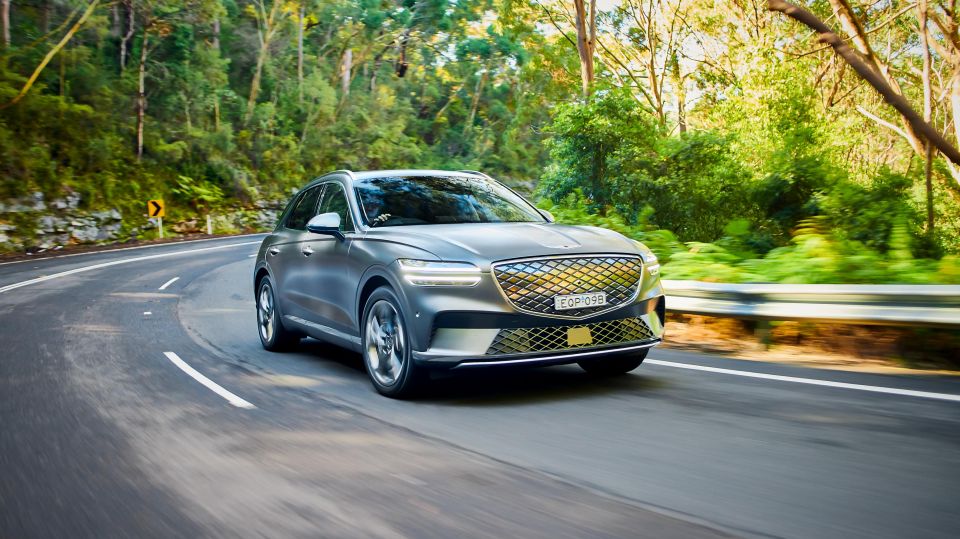
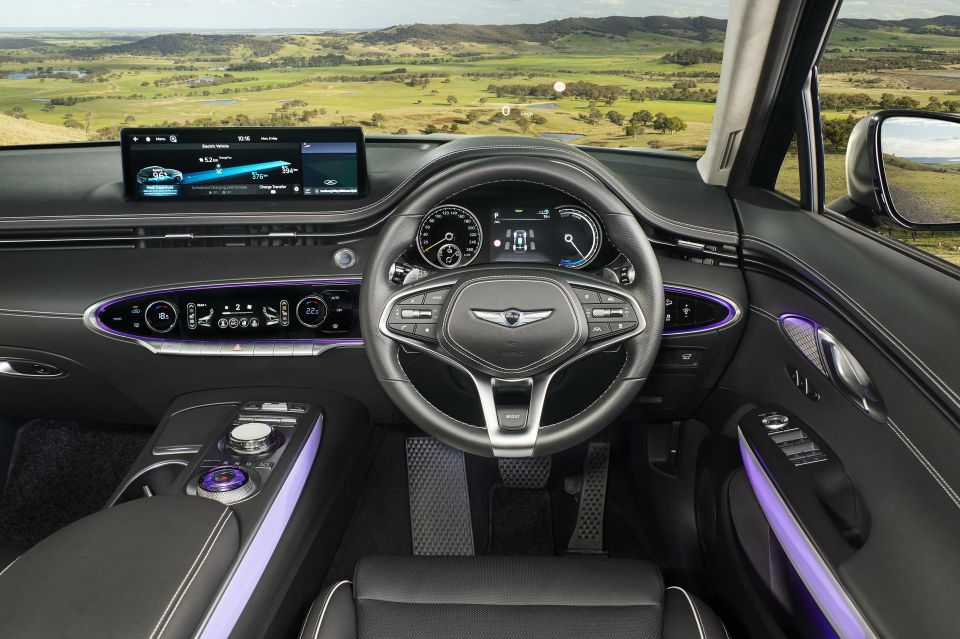

Quickly see how this car stacks up against its competition. Select any benchmark to see more details.
Where expert car reviews meet expert car buying – CarExpert gives you trusted advice, personalised service and real savings on your next new car.
Genesis is rapidly moving toward a full-electric future and while the brand develops bespoke EV platforms, it’s seeking to electrify inherently internal combustion platforms as a stop-gap.
We had the chance to briefly drive the new Genesis Electrified GV70 at a closed track near Sydney to get an early indication of what it’ll be like when it finally goes on sale later in 2022.
The vehicle we drove was a pre-production car, so while most of the vehicle was accurate, there were some elements that will end up being different for the final production version we’ll get in the coming months.
Pricing is yet to be announced for the Australian market, but we expect the Genesis Electrified GV70 to cost around $110,000 when it goes on sale here later in 2022.
While that’s not an insignificant amount of money, it’s more affordable than all premium-branded rivals including the BMW iX3 ($114,900), Audi e-tron 50 quattro ($139,900) and the Mercedes-Benz EQC 400 4Matic ($124,300).
It’s worth noting that all of these rivals are based on combustion-powered platforms like the Genesis, though only the iX3 takes the same path as Genesis in being badged in line with an existing nameplate. The e-tron is based on the same MLB architecture as the Q5 though wears its own sheetmetal, and likewise for the EQC which shares the bulk of its DNA with the existing GLC.
Further, the Electrified GV70 is significantly more powerful than both the Audi and BMW. While the EQC 400 offers a comparable 300kW and 760Nm from its dual-motor drivetrain, the Benz is half a second off the GV70’s 0-100 time.

Buy your new car without the stress. It's fast, simple and completely free.

Great service from Travis and team, second time I have used this business would not hesitate to recommend them to anyone
Craig C.
Purchased a Ford Ranger in Sunshine Coast, QLD
CarExpert helped Craig save thousands on his Ford Ranger, now let us save you on your next new car.
Find a dealOne of the best things about electrifying internal combustion platforms is that you can retain the look and feel of the ‘normal’ internal combustion equivalent. As a result of that, the interior of the Electrified GV70 looks virtually identical to that of the regular GV70.
While specs are being finalised for the Australian market, we’ll have just one specification available. This specification will resemble what’s currently available with the Luxury Pack and will be highly specified.
When you hope inside the price tag feels like it’s undercooked by $50,000. It feels very, very luxe – especially with the Luxury Package that adds fancy quilted Nappa leather seats with massaging, and the 12.3-inch 3D digital instrument cluster.
Note the vehicle we tested was a pre-production vehicle that wasn’t fitted with the features of the Luxury Package.
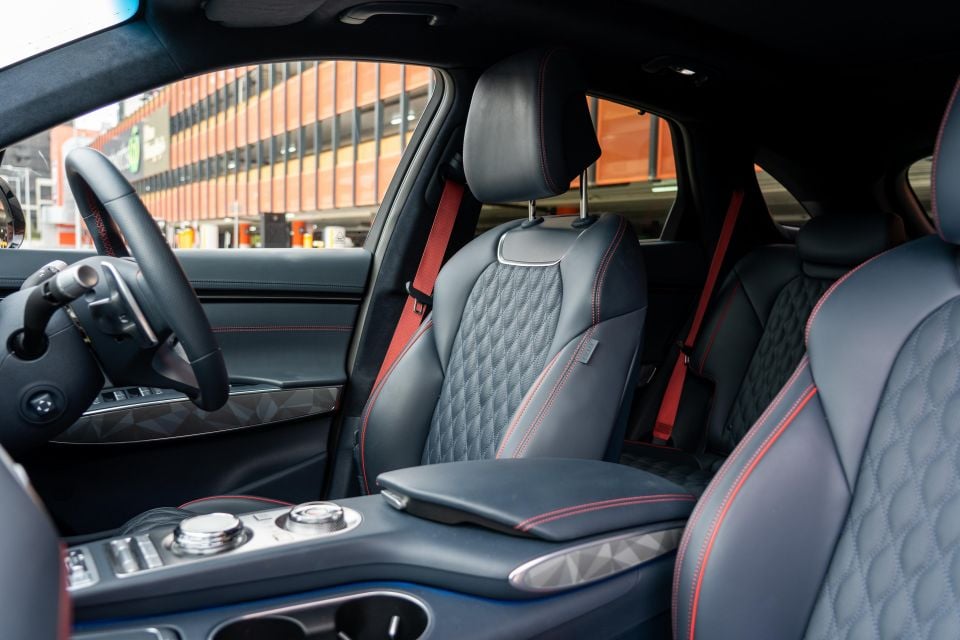
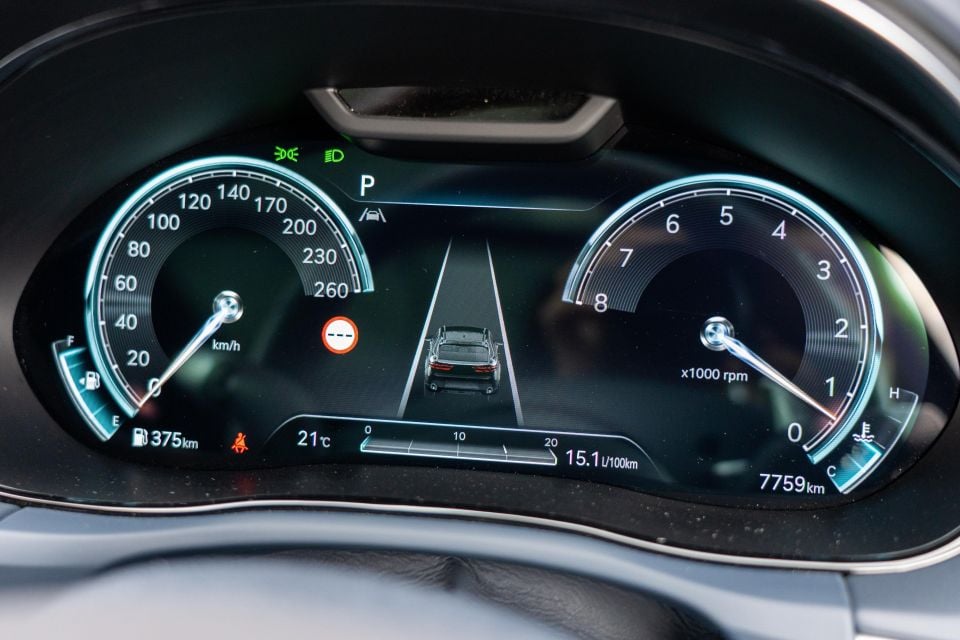
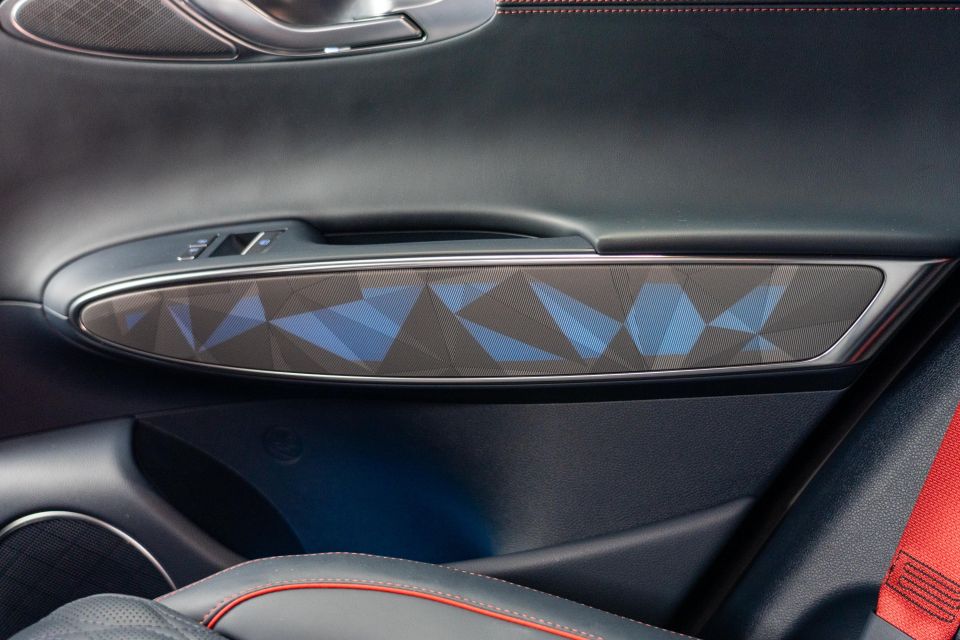
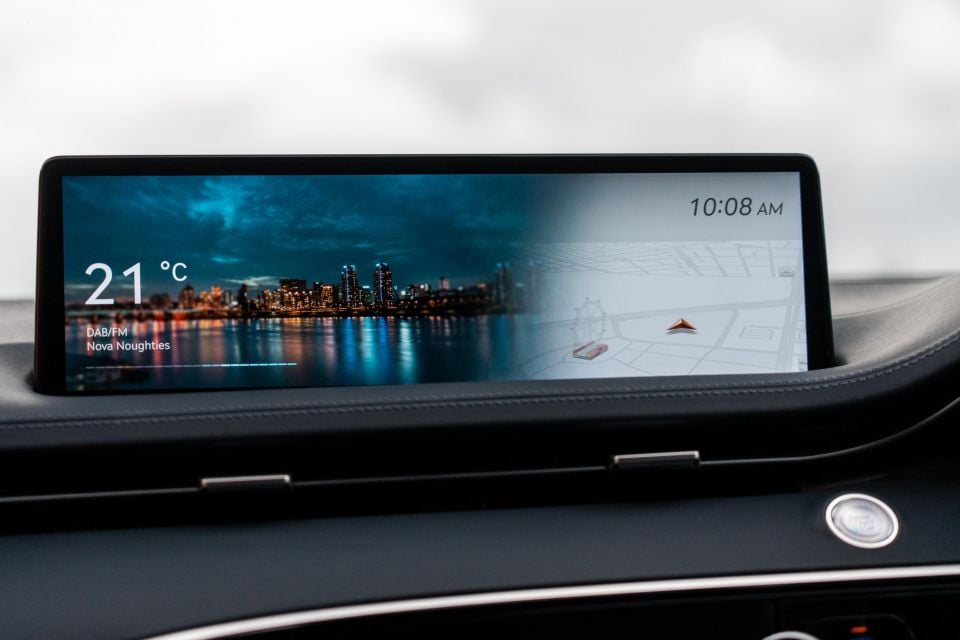
Compared to a BMW X3, an Audi Q5 or a Mercedes-Benz GLC, this feels far more premium, by a long shot.
And look, it needs to. It’s a new player in the market and it’s that underdog mentality that drives Genesis to put more effort into making the GV70 feel special inside.
The 14.5-inch infotainment display in the centre of the dashboard looks elegantly installed and doesn’t stand out like an iPad stuck on the dash.
It can be operated as a touchscreen or alternatively via a BMW iDrive-esque controller on the centre stack – although it is easy to sometimes mistake the gear shifter for the infotainment controller. I’m sure it’s something that would become second nature if you owned the vehicle, though.
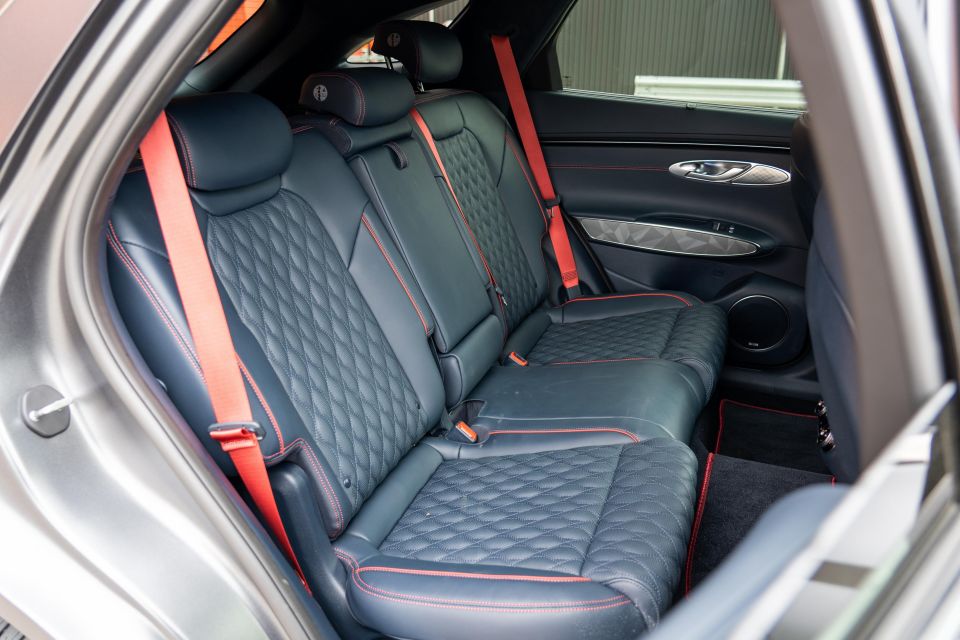
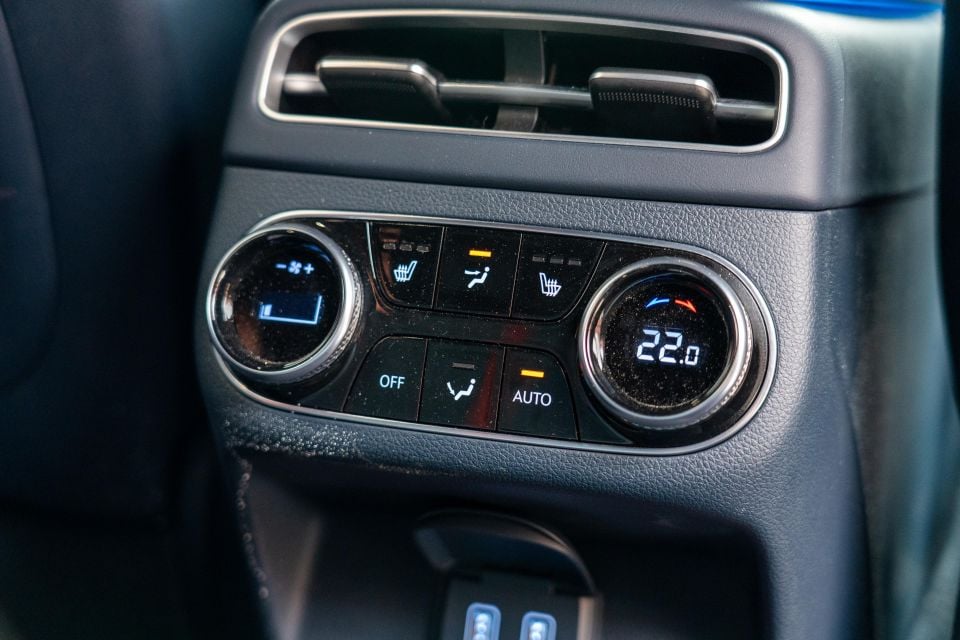
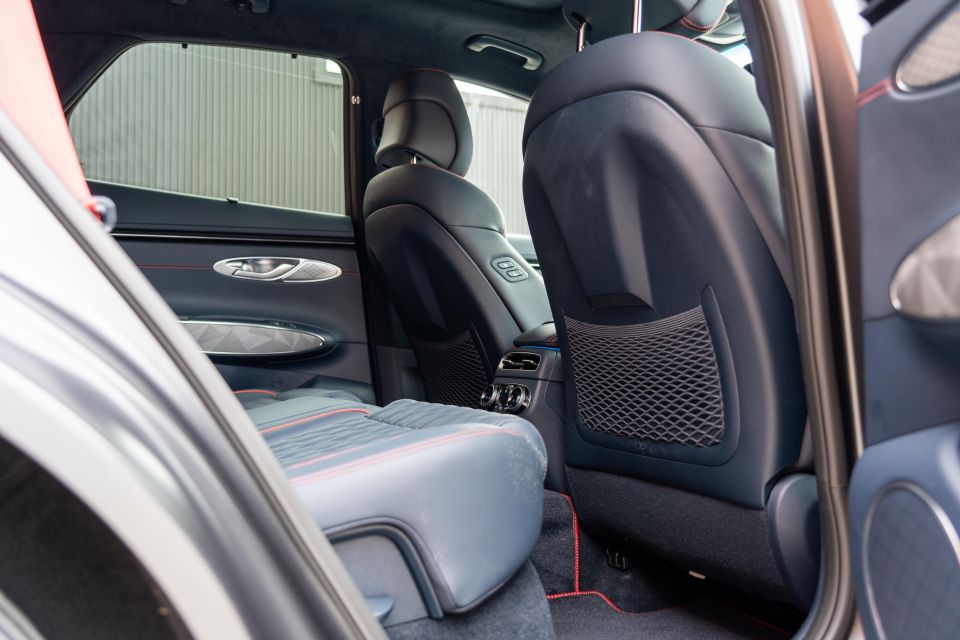
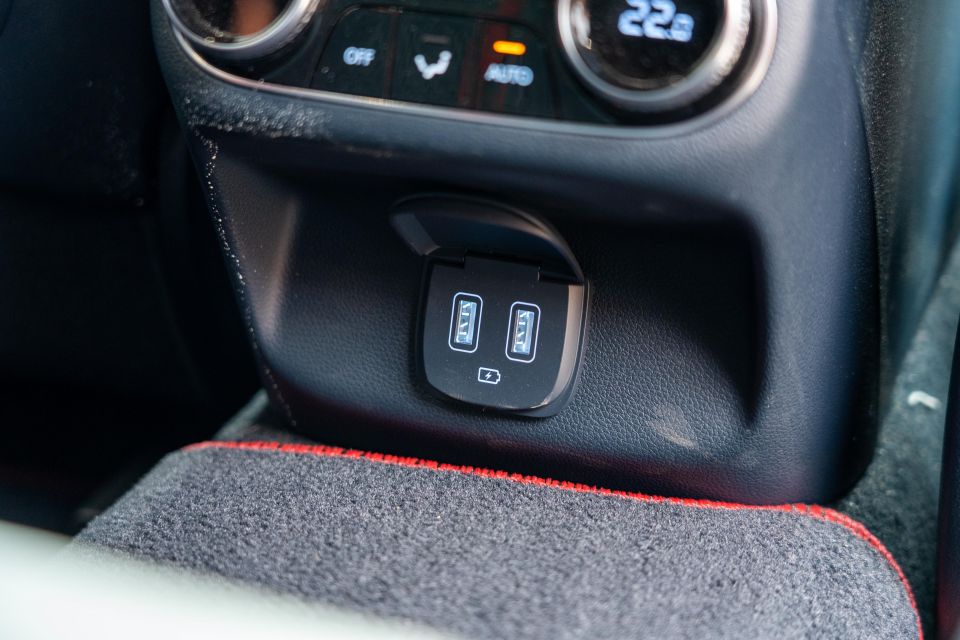
One thing that’s still pretty disappointing with Hyundai, Kia and Genesis vehicles in general is the lack of wireless smartphone mirroring in premium models. While entry-level models are capable of wireless smartphone mirroring, premium models like the GV70 require a physical cable to be connected.
As a charging zealot I’m pretty religious about a phone charging schedule and it triggers my anxiety each time I need to plug in for an hour to use CarPlay (okay, it’s not that bad, but you get what I mean).
These brands need to get with the times and move to wireless smartphone mirroring for all of their vehicles and not just the entry level trims (for Hyundai and Kia, anyway) without built-in navigation.
The GV70 is the only car in the segment that uses a fingerprint scanner to help recall driver settings – it’s an innovative system and a different take on recalling settings.
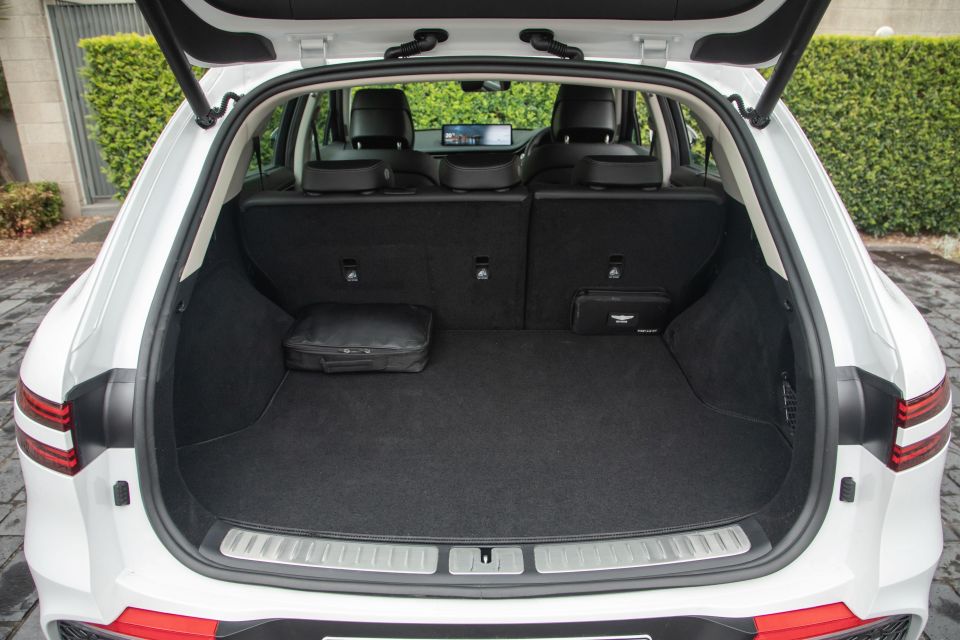

It feels just as luxurious in the second row too – they haven’t skimped on materials or features.
Leg and headroom in the second row is excellent for both kids and adults with plenty of room to stretch out. There’s a third zone of climate controls, along with seat heating for the two outboard seats.
The second row also features ISOFIX points on the two outboard seats, plus three top-tether points.
In the boot you’ll find 542L of cargo capacity with the second-row seats in use, expanding to 1678L with them folded. Beneath the cargo floor is a space-saver spare tyre, along with storage for the cargo blind.
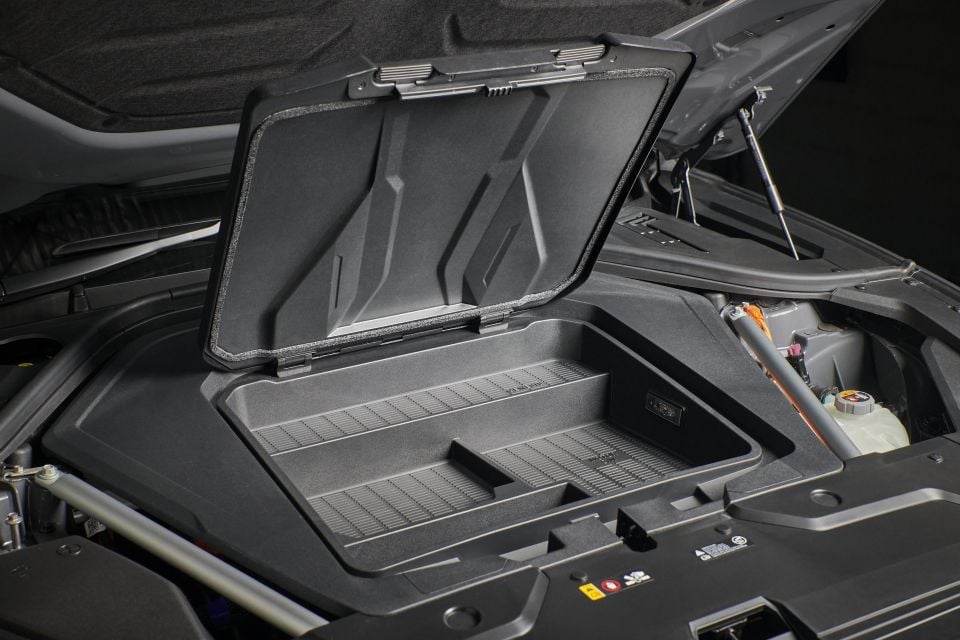
The Electrified GV70 uses a dual-motor electric drivetrain that’s fed by a 77.4kWh battery pack.
Each electric motor (one on each axle) produces 160kW of power and 350Nm, making for maximum system outputs of 320kW and 700Nm, with 360kW available in Boost Mode (available for 10 seconds). Off boost, the peak torque figure is quoted at 605Nm.
Genesis claims the Electrified GV70 will do 0-100km/h 4.5 seconds, which is 0.6s quicker than the existing 3.5T AWD Sport twin-turbo V6 model.
On the charging front, the Electrified GV70 features the same 400/800V charging architecture as the Hyundai Ioniq 5 and Kia EV6. That means AC charging at up to 11kW using three phase and DC charging at up to 350kW.
In addition to charging, the Electrified GV70 is capable of V2L with a power output of 3.6kW. Drive range is yet to be confirmed for the Australian market, but we expect it to be over 450km.

Just in case you missed it earlier, we drove pre-production versions of the Electrified GV70 and Electrified G80, so some of the drive elements may not be final.
In terms of standard EV stuff, the Electrified GV70 does all the fun stuff you’d expect from an EV. It accelerates hard, is quiet and offers a full breadth of brake regeneration, all the way from coasting through to ‘i-Pedal’, which allows the vehicle to come to a complete stop using regenerative braking, facilitating one-pedal drive.
Boost Mode also takes it up a notch with up to 320kW and 700Nm available on tap for a period of 10 seconds. It appears to be infinitely repeatable though – i.e. when your 10 seconds of fun is over, you can just hit the Boost button on the steering wheel again for another surge of torque.

We did notice a high degree of torque steer and lack of traction from the front end – especially when you punch the throttle out of a corner.
We were told this was a calibration issue with the pre-production vehicle. If true, not too big of a deal, but if this type of experience makes its way into the production version, it’s a vehicle I’d steer clear of.
Outside of the traction issue, it’s not hard to feel the extra mass being lugged around by the Electrified GV70 over the petrol and diesel variants. This is one of the big downsides of electrifying an internal combustion platform.
It’s not the end of the world, but the electric version of the GV70 doesn’t feel as nimble or as sporty as its turbocharged V6 sibling, for example. With a full complement of batteries and electric motors in place of an combustion-powered drivetrain, it tips the scales at just under 2300kg.


On the steering front, there’s enough feel through the wheel and there’s adequate communication through to the driver.
Given it’s fitted with all the bells and whistles, the electric version of the GV70 picks up adaptive suspension damping and a forward-facing camera that’s able to adapt suspension response depending on the road surface approaching. It works well with a compliant ride on the big 20-inch alloy wheels fitted to our pre-production tester.
The ride is smooth, plush even, and body control in general is good. Genesis isn’t doing any local ride and handling tuning for the Australian market, but the company has gone down the path of selecting a tune that includes a mix of other markets to tailor the ride for us. While the vehicle we drove didn’t have final suspension components, we were impressed with how smooth and quiet it was.
Brake pedal feel is also good, mixing regeneration with the friction brakes seamlessly. The only thing worth calling out is that in i-Pedal mode, when the car comes to a stop it doesn’t apply the brakes like a Tesla does. Instead it holds its position with a slight amount of movement backward and forward – as if the vehicle is in Park with no handbrake.

Our drive of the Genesis Electrified GV70 was only brief, but revealed some pretty positive early indications. If Genesis gets the pre-production gremlins sorted, this will be a fun SUV to drive.
One of the things I find most appealing about it is that it looks and feels exactly like the combustion-powered GV70. There are no compromises on the luxury feel you get from the petrol-powered GV70.
When the Tesla Model Y finally lands in Australia, the circa $115,000 price point will likely get you a faster version of the Model Y with more range, but ultimately the Genesis feels significantly more upmarket.
While you will compromise on straight-line performance and range compared to the Tesla, that bridge is gapped with one of the nicest SUV interiors on the market.

Click the images for the full gallery
MORE: Everything Genesis GV70
Where expert car reviews meet expert car buying – CarExpert gives you trusted advice, personalised service and real savings on your next new car.
Paul Maric is a CarExpert co-founder and YouTube host, combining engineering expertise with two decades in automotive journalism.


Damion Smy
14 Hours Ago


Damion Smy
22 Hours Ago


Josh Nevett
23 Hours Ago


Max Davies
1 Day Ago


Ben Zachariah
2 Days Ago


Max Davies
2 Days Ago